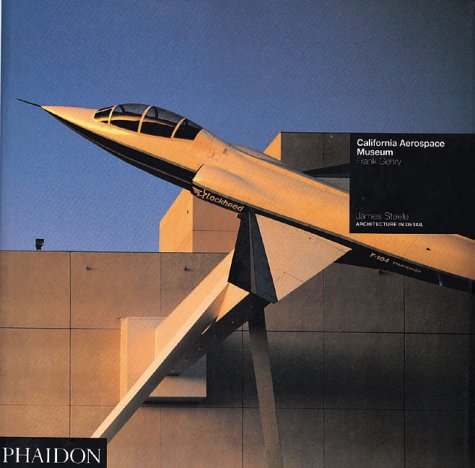Architecture in Detail
6 total works
The "Architecture in Detail" series comprises books that focus on individual buildings noted for their exceptional character, innovative design or technical virtuosity. Each volume contains a text by a respected author, a sequence of colour and black-and-white photographs and a set of technical drawings and working details. Charles Eames, who always worked with his wife and partner Ray, was the most innovative and broad-based of American designers. The Eames House was one of his few experiments with architecture. Highly successful, it is one of the most important of the "Case Study" series and a highly significant building of the post-war era.
This text looks at the Lawson-Westen House - the first major residence that Eric Owen Moss has completed since the Petal House, also in Los Angeles, which led to him being mis-cast as an unpredictable practical joker. He is now regarded equal in skill to Frank Gehry. The house was designed for a couple who cook together and entertain frequently. The vertical funnel of space above the food preparation area that results, is a dominant form in the building's composition and one of the major ordering devices in the building's circulation system. It is also a complex geometric feat, relying on shifting grids and subtle subdivisions, revealing a geometrically based order of Moss's own devising.
Part of a series of technically informative monographs embracing a broad spectrum of internationally renowned buildings. This work deals with the Schnabel Residence in California, and includes a comprehensive set of technical drawings and working details.
The "Architecture in Detail" series comprises books that focus on individual buildings noted for their exceptional character, innovative design or technical virtuosity. Each volume contains a text by a respected author, a sequence of colour and black-and-white photographs and a set of technical drawings and working details. Louis Kahn's Salk Institute sits high above the Pacific at La Jolla, southern California. The project presented Kahn with the opportunity to design for a closed community, in this case research scientists. Incomplete at the time of Kahn's death, it survives as an enduring reminder of his genius.
Frank Gehry's work has been described as "habitable sculpture". He is widely acknowledged as the father of the "Los Angeles School". Characterized by their collage-like complexity, their shifts in geometry and frequent use of utilitarian materials, Gehry's buildings blur the fine line that separates art and architecture. Recent work includes the widely acclaimed Vitra Design Museum at Wein am Rhein in Germany, and the bizarre "Fishdance" restaurant in Kobe, Japan. The California Aerospace Museum in Los Angeles exemplifies Gehry's irreverent, exploded-then-reassembled punk style. Irregular, angular forms break out of spatial boudaries, restructuring them in multi-layered, overlapping and antithetical ways. Gehry's witty approach is encapsulated by the aeroplane sculpture on the building's facade, appearing to soar into the blue Californian sky.
Barnsdall (Hollyhock) House, Los Angeles 1920, Frank Lloyd Wright
by James Steele
Published 1 April 1993
Part of a series of technically informative monographs embracing a broad spectrum of internationally renowned buildings. This work deals with Barnsdall (Hollyhock) House, and includes the architect's drawing record and a comprehensive set of newly drawn details.



